Sometimes, newer really is better. Meet some recent All-America Selections winners that are a distinct improvement over previous vegetable varieties.
10 New Award-Winning Vegetables for 2024
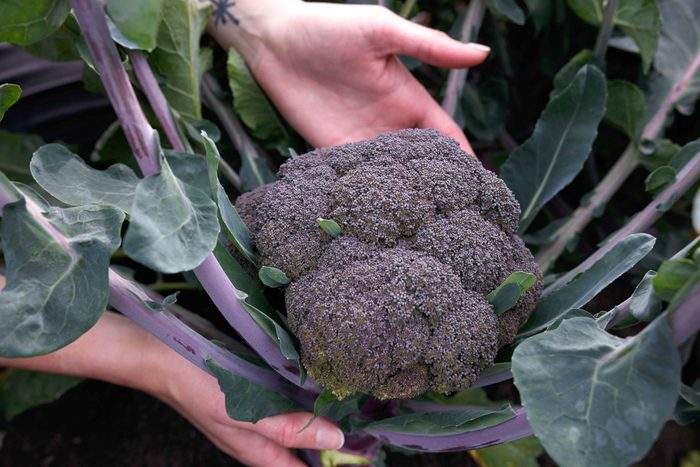
Broccoli Purple Magic F1
The magic begins with the beautiful purple color and tight, uniform heads with great broccoli flavor. Plus, this national winner easy to grow and tolerant of heat and environmental stress.
One experienced judge called it “Wicked good! Nicest purple broccoli we’ve ever seen.” An excellent broccoli to grow in cooler seasons, it’s sweeter and more tender than traditional green broccoli.
“This unique purple-colored broccoli has amazing broccoli taste,” Blazek says. “Use it raw or lightly roasted or stir-fried and it will retain the purple color.”
Broccoli Purple Magic grows 30 inches tall and 20 inches wide and does best in full sun. It prefers evenly moist, well-drained, highly organic soil with slightly acid pH, maturing 100 days after sowing.
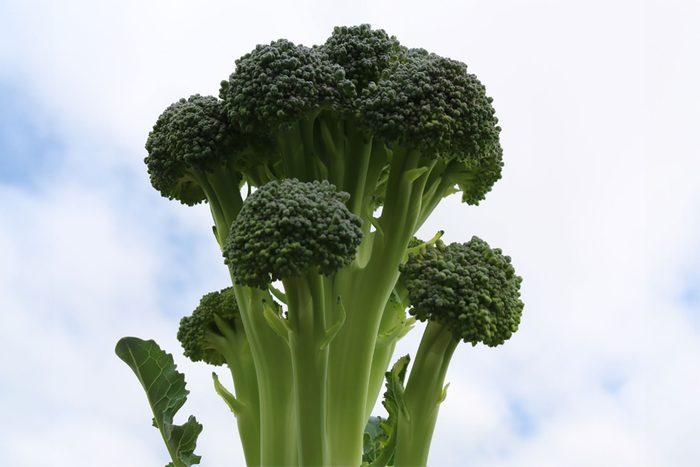
Broccoli Skytree F1
With upright stems, this towering standout is easy to harvest. Deliciously tender stems and florets will appeal to every broccoli lover, and one judge summed up the experience as “a truly fresh punch of wonderful broccoli deliciousness!”
Broccoli Skytree stands tall in the kitchen as well as the garden. “It has excellent tender sweet stems that are super easy to harvest because they stand tall over the plant,” Blazek says. “It’s wonderful served raw, steamed, stir-fried or roasted.”
Broccoli Skytree grows two feet tall and one foot wide. It likes a sunny location with evenly moist, well-drained, highly organic soil with slightly acid pH. Maturing 85 days after sowing, this regional winner scored highest in the West and Northwest.
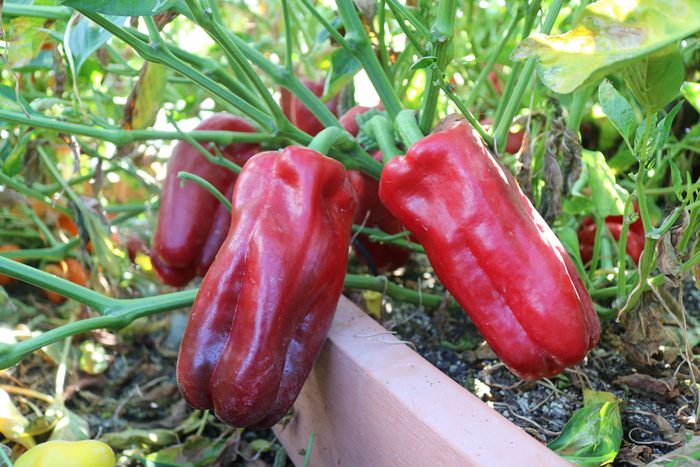
Pepper Red Impact F1
Although beloved for their taste and attractive colors, Lamuyo-type peppers can be difficult to grow. This national winner could change that. “No more garden struggles to get a thick-walled sweet red pepper,” Blazek says.
Red Impact boasts an upright and tidy habit, plus built-in disease resistance. The fruit is thick-walled and sweet even when green, maturing to a dark red, highly uniform shape and size. Best of all, plants are productive. “The judges raved about the productivity and yield on this variety,” Blazek says.
Pepper Red Impact grows 28- to 36-inches tall and 16- to 24-inches wide in a sunny location with evenly moist, well-drained soil and neutral to slightly acid pH. It matures 90 days after sowing.
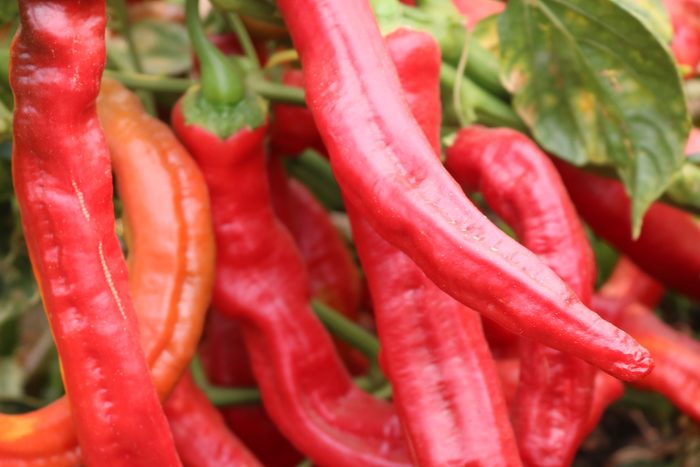
Pepper Cayenne Wildcat F1
This award-winning cayenne pepper features extra-large, two- to three-ounce fruits with nicely formed fleshy walls thicker than the fruit of comparison peppers. It offers a strong and compact even growth habit.
“The eight-inch fruits are straighter than traditional cayenne fruits, with a great smoky flavor and peppery sweetness,” Blazek says. These cayennes have a mild heat level, reaching just 500 to 1,500 Scoville units.
Pepper Cayenne Wildcat grows 36- to 42-inches tall and 8- to 12-inches wide. It does best in full sun and evenly moist, well-drained soil with neutral to slightly acid pH. Maturing 105 days after sowing, this regional winner did particularly well in the Southeast, Southwest and Mountain regions.
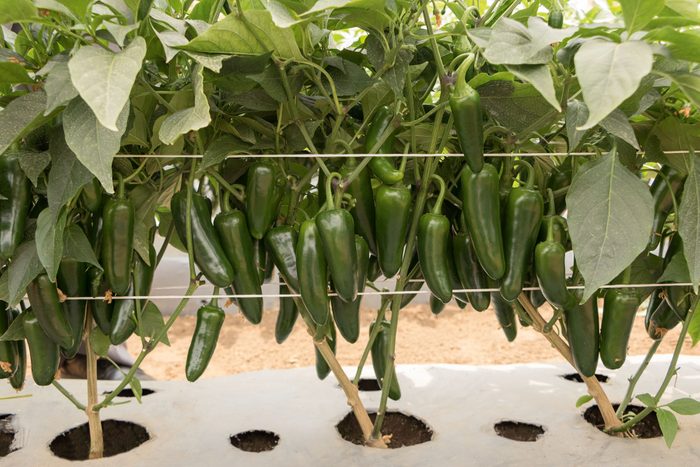
Pepper Jalapeno San Joaquin F1
San Joaquin promises to make growing jalapenos easier. It’s a determinate jalapeno, setting most of its fruit in a short window of time — about 50 fruits per plant.
“A determinate jalapeno pepper means you can get a higher yield all at one time, for those who want to preserve their harvest,” Blazek says. “No longer will you have to hoard peppers until you get enough to make salsa or pickled peppers.”
Along with canning, pickling and salsa, San Joaquin also makes delicious roasted stuffed jalapenos. Judges loved the flavor of the thick-walled fruits, which have just the right amount of heat — between 2,500 and 6,000 Scoville units.
Pepper Jalapeno San Joaquin grows 30 inches tall and 24 inches wide. It likes full sun and well-drained, fertile soil with slightly acid pH. This national winner matures 60 days after transplanting; growing from seed is not recommended.
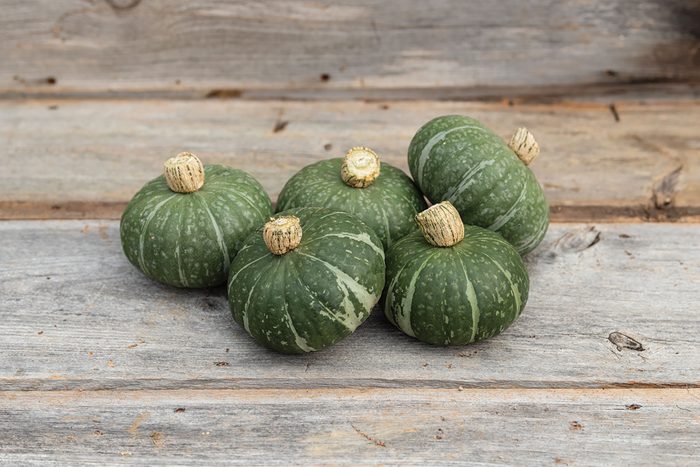
Squash Kabocha Sweet Jade F1
With high yields and good holding ability, this cute, single-serving-sized squash variety proved itself in the AAS Trials. The one- to two-pound fruits can be used for single servings, as an edible soup bowl, or in any dish calling for the sweet, earthy addition of squash. The deep orange flesh is flavorful roasted, baked or pureed.
“This is a small, personal-sized kabocha squash with delicious flesh judges described as nutty and sweet,” Blazek says. “This high-yielding variety can hold for a while in the garden and when you’re ready, bring it indoors to try in any number of Asian dishes.”
Squash Kabocha Sweet Jade is a vining plant that grows about two feet tall with a spread of six to eight feet. This national winner likes full sun and evenly moist, well-drained soil with a slightly acid pH. It matures 100 days after sowing.
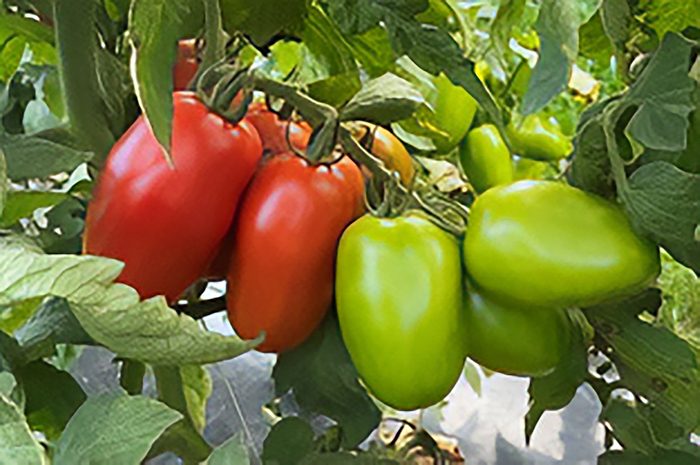
Tomato Zenzei F1
Zenzei is an early-maturing, high-yielding Roma that produces a great yield of fleshy plum tomatoes perfect for canning and freezing. This new variety is disease resistant, with fewer issues like spots or blossom end rot.
“A great meaty paste tomato specially designed for the challenging gardening conditions that Midwestern gardeners face,” Blazek says. “The neat and tidy plants produce fruits that are uniformly shaped and easy to harvest. Plus, the disease-resistance will help gardeners be even more successful.”
Tomato Zenzei grows up to six feet tall and two to three feet wide in full sun. This regional winner likes evenly moist, well-drained soil with slightly acid pH. Fruit matures 105 to 110 days after sowing.
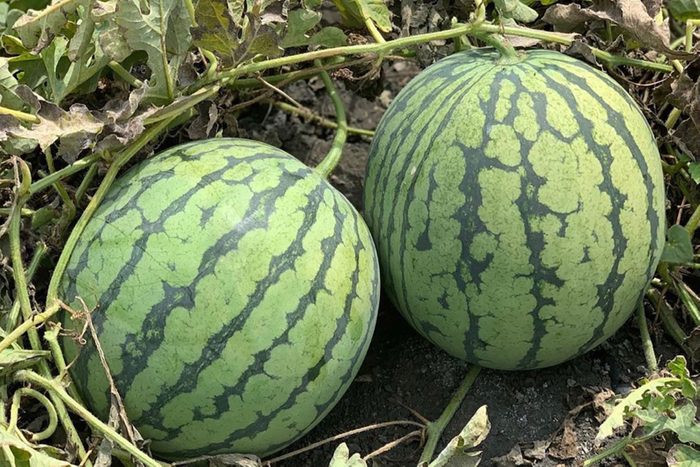
Watermelon Rubyfirm F1
This mouthwatering regional winner was particularly successful in the West and Northwest. “The test variety had good disease resistance and held up through the middle up September against downy and powdery mildew,” one judge noted.
Each Rubyfirm plant yields two to three melons on long vines. The small, personal-sized melons are about the size of a cantaloupe and boast sweet, crisp red flesh with minimal seed pips. “Certainly had much less seed than comparisons,” says one judge.
Watermelon Rubyfirm is a vining vegetable reaching 14 inches high but spreading up to 12 feet. It did best in the West and Northwest. It likes full sun and evenly moist, well-drained soil with slightly acid pH. Melons mature 80 days after sowing.
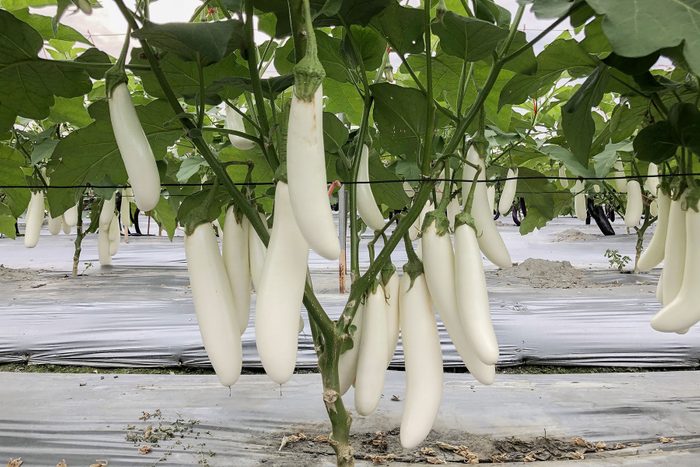
Eggplant Icicle F1
This cylindrical variety features larger fruits than other white eggplants, while providing a nice yield with improved flavor and texture and fewer seeds. “Even my 11-year-old asked for seconds,” one judge noted after breading and frying this cultivar.
The large, durable and vigorous plants hold up to insects and environmental stress. “It has fewer spines than most eggplants, making for a less painful harvest,” Blazek says. “And the pure white skin does not tend to yellow like many other white varieties of eggplant.”
Eggplant Icicle grows four feet tall and about 28 inches wide. This national winner prefers full sun and evenly moist, well-drained soil with neutral to slightly acid pH, maturing a crop 80 days after sowing.
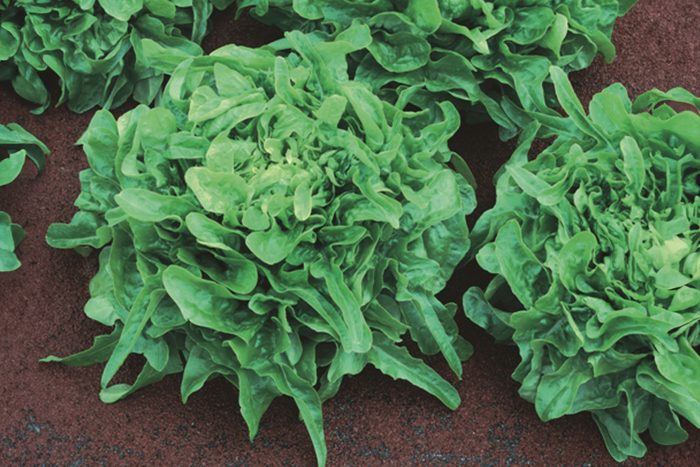
Lettuce Bauer
With its uniform, compact size, Bauer is a versatile oakleaf lettuce that can be grown almost anywhere — in-ground, containers or window boxes. The dense heads produce an abundance of sturdy, crisp, darker green leaves.
“This new oakleaf lettuce is delicious, versatile and super easy to grow,” Blazek says. “You can harvest at the baby leaf stage or grow into the rosette-shaped full-sized head.” She adds it’s also a great candidate for growing in a controlled environment, like a home aeroponics system.
Lettuce Bauer matures at about four inches tall and six to eight inches wide. This national winner likes full sun and evenly moist, well-drained soil with slightly acid pH. Lettuce is ready to harvest 58 days after sowing.
To find retail sources for these All-America Selections, visit https://all-americaselections.org/buy-winners/
















